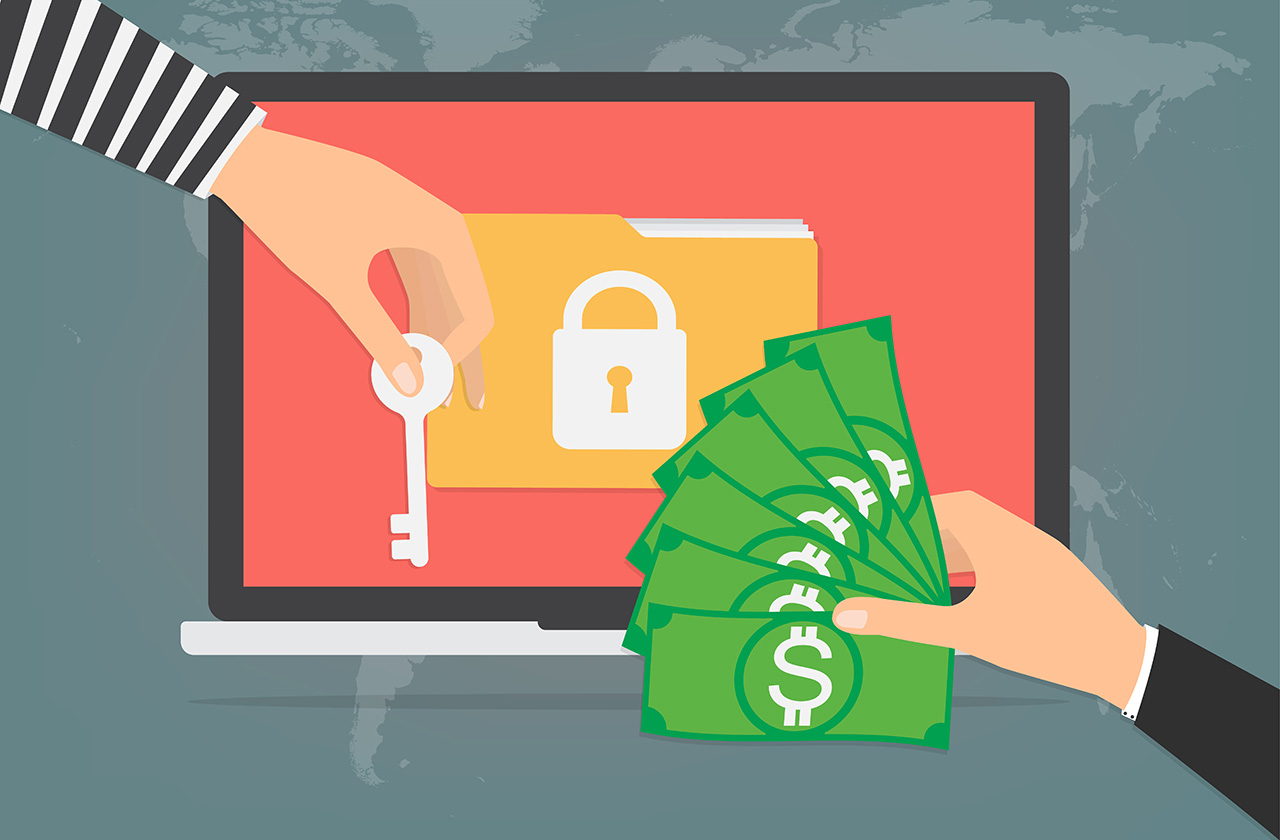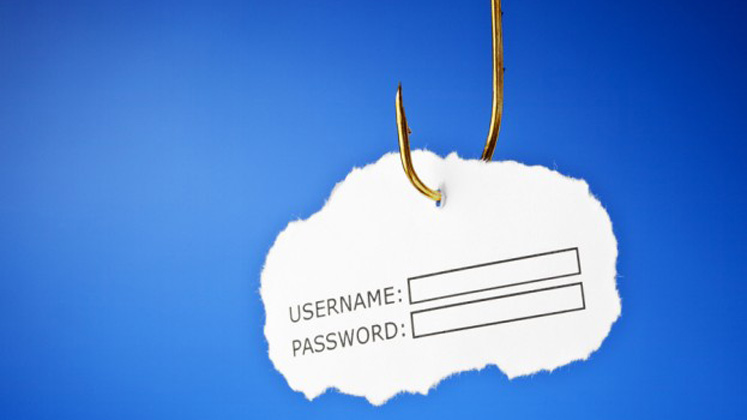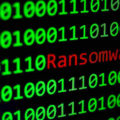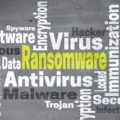 Ransomware is a fairly new security risk, but one which is on the rise and it’s vital that you know how to protect your data from ransomware attacks.
Ransomware is a fairly new security risk, but one which is on the rise and it’s vital that you know how to protect your data from ransomware attacks.
I’ve covered ransomware attacks on this blog on a number of occasions and detailed the damage it can do to businesses. It’s a particularly nasty evolution for hacking and one which often leaves you no option but to pay the ransom to decrypt your data.
Obviously, no business wants to find itself in the position where it has to give in to the hackers’ demands, so prevention is the key. And to help you get your defenses more secure, I’m going to share 6 tips to protect yourself from ransomware.
Backup Your Data

If your data becomes the victim of a ransomware attack then it may seem as though you have no option but to pay the attackers to release your data. However, the simplest way to reduce the damage in this instance is to ensure that your most crucial data is backed up offline. This can be as simple as backing up data to portable storage devices.
Create Strong Passwords
To cut hackers off early on in their ransomware attacks, it’s crucial that you ensure your systems are protected by strong passwords. Whilst you might think that no one is going to predict that you’ve used your mother’s maiden name, it’s relatively easy to hack this through brute force. To make this harder, you should add numbers and symbols to prevent the password being cracked.
Identify Suspicious Email Attachments

The most common route for ransomware to infiltrate your systems is through seemingly harmless email attachments. And it’s important that your staff know what makes for a suspicious attachment.
In particular, emails which contain attachments from senders you don’t recognize should always be double checked. However, you need to be aware that people in your contacts list could be hacked and then used to distribute the ransomware, so vigilance is always important.
Disable Macros
Many ransomware attacks involve Microsoft Office documents which are loaded with malicious macros which allow backdoor access into networks. Thankfully, Office documents will always give you the option to enable or disable macros; if you suspect that anything about the Office document doesn’t seem right then disable the macros or, more simply, just close the document.
Install Patches ASAP!
Ransomware loves finding vulnerabilities in software and this underlines the importance of installing updates released by software publishers. It may seem a little time consuming – particularly when you need to shut down your system – but it’s essential that you install all patches immediately to provide you with maximum protection.
Shut Down Your Network
Once a piece of ransomware has breached part of your network it can spread very quickly. Therefore, the best course of action may be to simply disconnect your network. This may cause a huge disturbance to your businesses activities, but it may be less painful than compromising your data. With the spread halted, you can then investigate your options for decrypting any affected data.
For more ways to secure and optimize your business technology, contact your local IT professionals.







